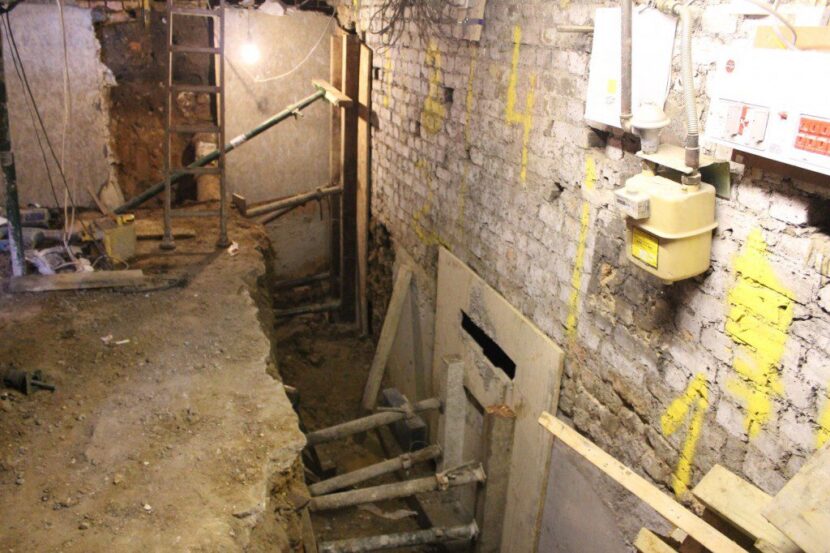Foundations are essential in supporting the weight of buildings. They act like load-bearing walls by dispersing loads to the soil beneath.
The type of foundation chosen depends on site conditions, building weight and construction timeframes. There are generally two primary foundation types – shallow and deep.
A shallow foundation can be built for one column or linear structures such as walls when the soil surface has good bearing capacity.
Pile Foundation
Pile foundations are long cylinders of strong material such as concrete inserted into the ground to act as stable supports for structures on top. Their purpose is to transfer loads from structures built atop them onto hard soil or rocks beneath that have an excellent bearing capacity and thus stabilize any future load-bearing issues that might occur with that particular structure. Know more about Underpinning Melbourne.
Construction projects where the surface soil layer is weak and cannot bear the load of a superstructure, leading to excessive settlement, as well as construction near rivers or seashores where there is an increased risk of scouring are ideal candidates for using geogrids.
Timber piling, precast concrete piles in the form of H sections or tubular piles and steel piles with one or more helixes are among the many different forms of pile foundations available to build structures on top.
Raft Foundation
Raft Foundations are shallow foundations designed to distribute loads evenly over the ground surface and avoid shear failure and differential settlement, while increasing soil bearing capacity, permitting building construction on weaker soil conditions than with other foundation types.
This foundation can be designed using either the rigid or flexible approach. With regard to rigid foundations, models assume pressure distribution is uniform or linearly distributed while flexible foundations take into account interactions between soil and raft.
However, this type of foundation may not be appropriate for all construction sites. Careful soil analysis must be conducted prior to choosing this option and it must ensure the raft can support all building weight without causing excessive settlement; otherwise a pile foundation should be considered.
Isolated Simple Footing
These shallow footing foundations are used to transfer and distribute concentrated loads caused by single columns evenly over the soil beneath. Also referred to as pad, flat or plain footing foundations, this form falls under isolated simple foundations.
Isolated footings are constructed out of concrete. They may be built either on plain or reinforced concrete surfaces and their thickness remains constant depending on load requirements.
Stepped isolated footing can help evenly distribute loads on both sides by using three concrete cross-sections stacked atop each other as platforms. While sloped footing is slightly more complex but requires less construction material than flat isolated footing, its construction must ensure it maintains an equal 45-degree top slope on all sides for best results.
Strip Footing
Strip footings are a widely used foundation type, serving as long strips that support each wall’s weight. These foundations are used when building loads are carried by entire walls rather than individual columns – for instance in older masonry buildings.
These foundations are generally ideal for projects requiring shallow excavations, as they transfer the load through layers of soil with strong bearing capacity. However, they may not be ideal in sites with unstable ground conditions and other foundation types may be necessary instead.
Before beginning construction on any site, a geotechnical survey should be conducted to ascertain its load-bearing capacity and determine its composition and properties. A Standard Penetration Test (SPT) should also be used to ascertain soil composition and properties.
Inverted Arch
Inverted arch foundation is a special form of footing used for heavy loaded steel structures located in areas with poor soil bearing capacity, where load distribution over walls occurs and deep excavations cannot take place. It provides extra support when needed while avoiding further excavation costs.
Inverted arch footings are an ideal foundation choice for structures requiring strong load distribution. Their arched shape provides greater surface area to contact with soil, helping reduce stress on foundations and avoid structural failure. Furthermore, inverted arch footings help increase soil stability by shifting weight onto deeper, more competent layers, making this solution especially helpful in areas prone to settlement or seismic activity. These foundations typically combine well with grillage or raft foundations.

